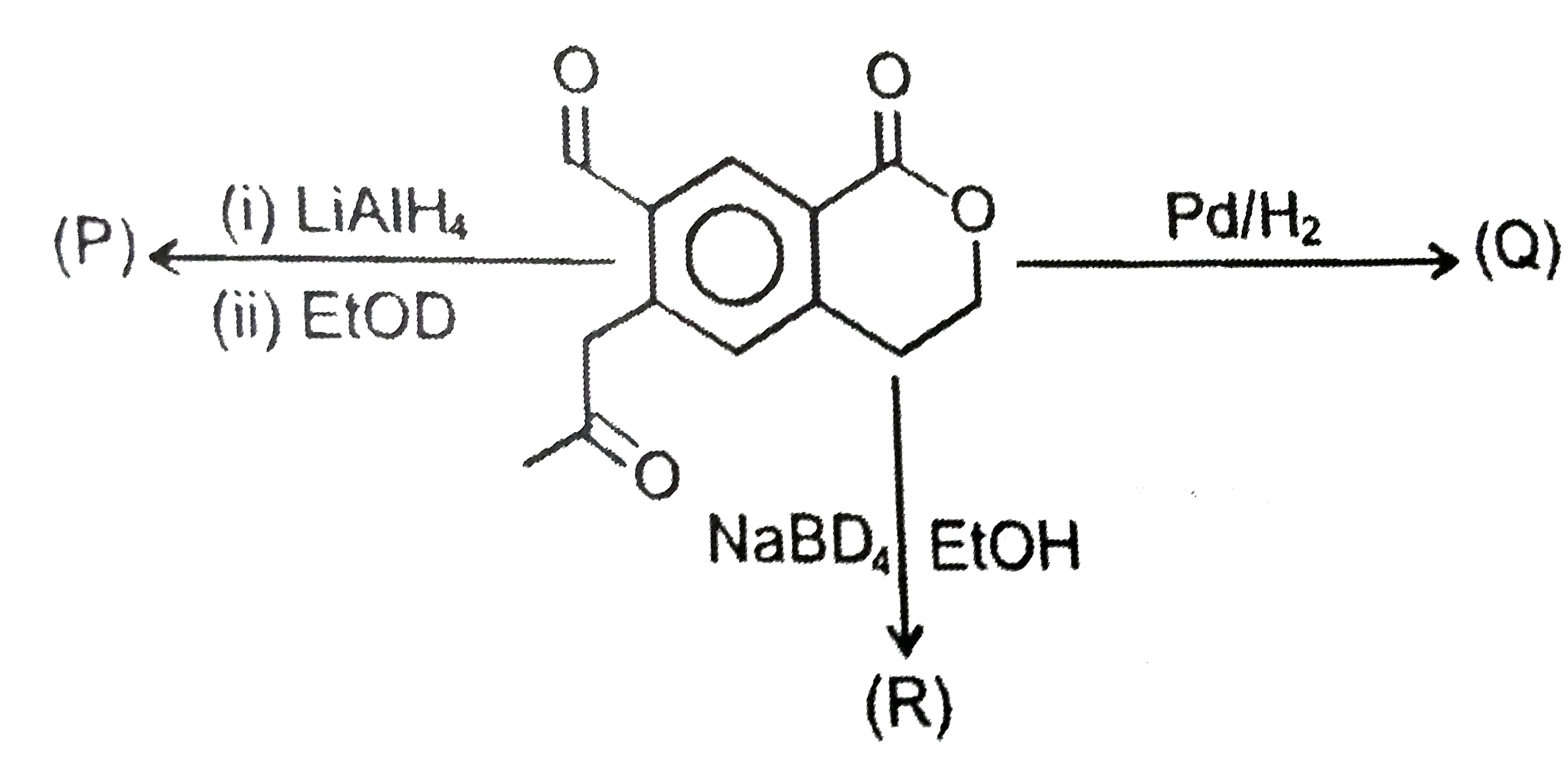If p→(~p∨q) is false, the truth values of p and q are , respectively
F,T
F,F
T,T
T,F
The correct Answer is:D
To solve the problem, we need to analyze the statement "p if (~p ∨ q)" and determine the truth values of p and q when this statement is false.
1. Understanding the Statement:
The statement "p if (~p ∨ q)" can be represented in logical terms as:
p→(¬p∨q)
Here, "→" represents implication, "¬" represents negation, and "∨" represents the logical OR.
2. Identifying When the Implication is False:
An implication A→B is false only when A is true and B is false. In our case:
- A is p
- B is ¬p∨q
Therefore, we need to find when:
- p is true
- ¬p∨q is false
3. Analyzing ¬p∨q:
The expression ¬p∨q is false when both ¬p is false and q is false. This means:
- ¬p is false implies p is true.
- q is false.
4. Conclusion:
From the above analysis, we find that:
- p is true
- q is false
Thus, the truth values of p and q are:
- p=True
- q=False
Final Answer:
The truth values of p and q are True and False, respectively.
---
The statement "p if (~p ∨ q)" can be represented in logical terms as:
p→(¬p∨q)
Here, "→" represents implication, "¬" represents negation, and "∨" represents the logical OR.
An implication A→B is false only when A is true and B is false. In our case:
- A is p
- B is ¬p∨q
- p is true
- ¬p∨q is false
The expression ¬p∨q is false when both ¬p is false and q is false. This means:
- ¬p is false implies p is true.
- q is false.
From the above analysis, we find that:
- p is true
- q is false
- p=True
- q=False
The truth values of p and q are True and False, respectively.
Topper's Solved these Questions
- MATHMETICAL REASONINGBOOK - CENGAGE ENGLISHCHAPTER - MATHMETICAL REASONINGEXERCISE - Archives
10 Videos
- MATHMETICAL REASONINGBOOK - CENGAGE ENGLISHCHAPTER - MATHMETICAL REASONINGEXERCISE - concept application
13 Videos
- LOGARITHM AND ITS PROPERTIESBOOK - CENGAGE ENGLISHCHAPTER - LOGARITHM AND ITS PROPERTIESEXERCISE - JEE ADVANCED
1 Videos
- MATRICESBOOK - CENGAGE ENGLISHCHAPTER - MATRICESEXERCISE - Single correct Answer
34 Videos
Similar Questions
If (p∧~r)→(~p∨q) is false, then truth values of p,q and r are respectively.
View SolutionThe compound statement p→(~p∧q) is false, then the truth values of p and q are respectively.
View SolutionIf p→(q∨r) is false, then the truth values of p,q, and r are, respectively.
View SolutionIf p→(q∨r) is false, then the truth values of p,q, and r are, respectively.
View SolutionIf p→(q∨r) is false, then the truth values of p, q, r are respectively
View SolutionThe incorrect statement is (a) p→−q is logically equivalent to ~p∨q. (b) If the truth-values ofp,q,r are T,F,T respectively, then the truth value of (p∨q)∧(q∨r) is T. (c) ~(p∨q∨r)≡~p∧~q∧~r (d) The truth value of p∧~(p∧q) is always T.
View SolutionThe incorrect statement is
(A) p →q is logically equivalent to ~p ∨ q.
(B) If the truth-values of p, q r are T, F, T respectively, then the truth value of (p ∨ q) ∧ (q ∨ r) is T.
(C) ~(p ∨ q ∨ r) = ~p ∧ ~q ∧ ~r
(D) The truth-value of p ~ (p ∧ q) is always T
View SolutionGive the truth table of ~p∨q
View SolutionIf p→(p∧~q) is false. Truth value of p & q will be
View Solution
(P) and (Q) respectively are
View Solution
